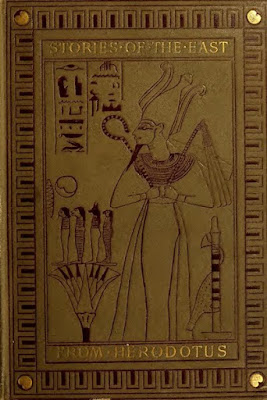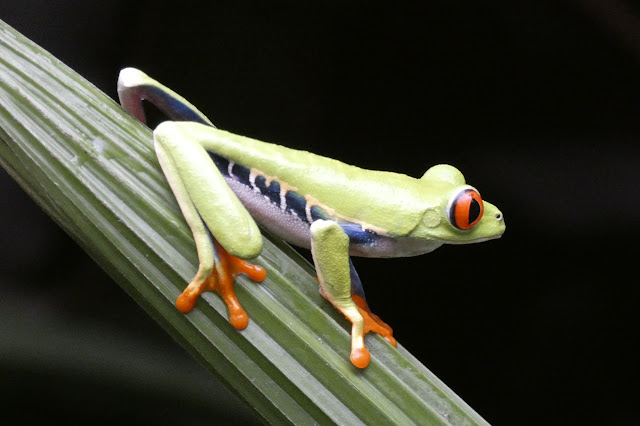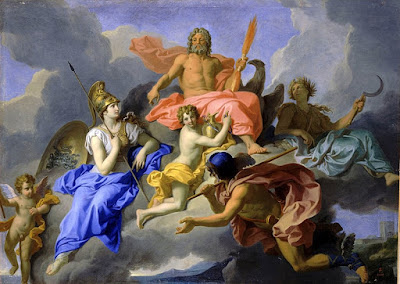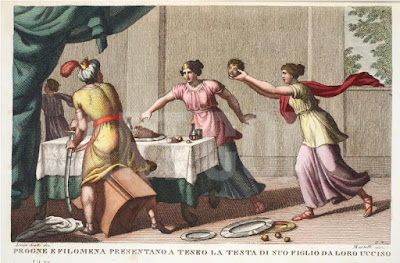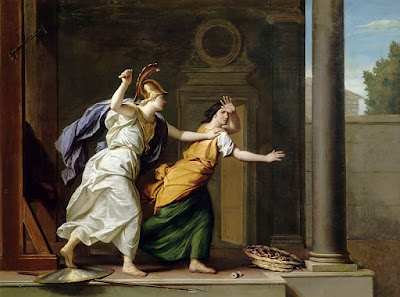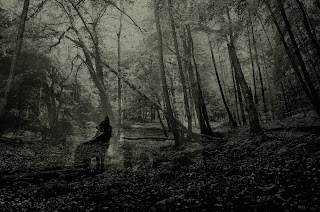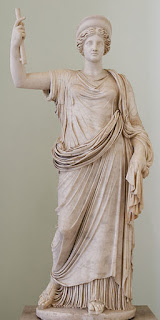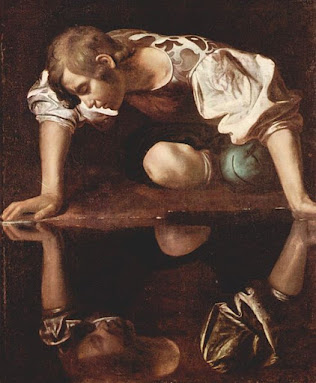Reading Notes: Indian Fairytales, Part B
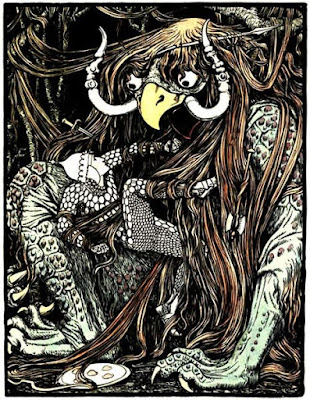
The story that stood out to me in this section was the story of the demon with the long hair. I thought this was an interesting character since I had never heard a story with a creature quite like this one. I think a lot of plot details can be played with when your character is a big, hairy monster! Plan: Take out some of the story leading up to meeting the demon. Instead, focus on the demon as the center of the story, and have the man walk through without much backstory. Keep the man's demeanor: arrogant, confident, witty. man gets stuck and talks himself out of being eaten Demon is worried about the lightning in his belly and lets him go, but the man gets accidentally killed as he is released, and the demon is afraid of what will happen to him now He worries and waits for his fate, but realizes after time that the man was lying all along, and that nothing will happen to him after all. In general, crop out some of the outlying details so create a more concise plot, and change th

